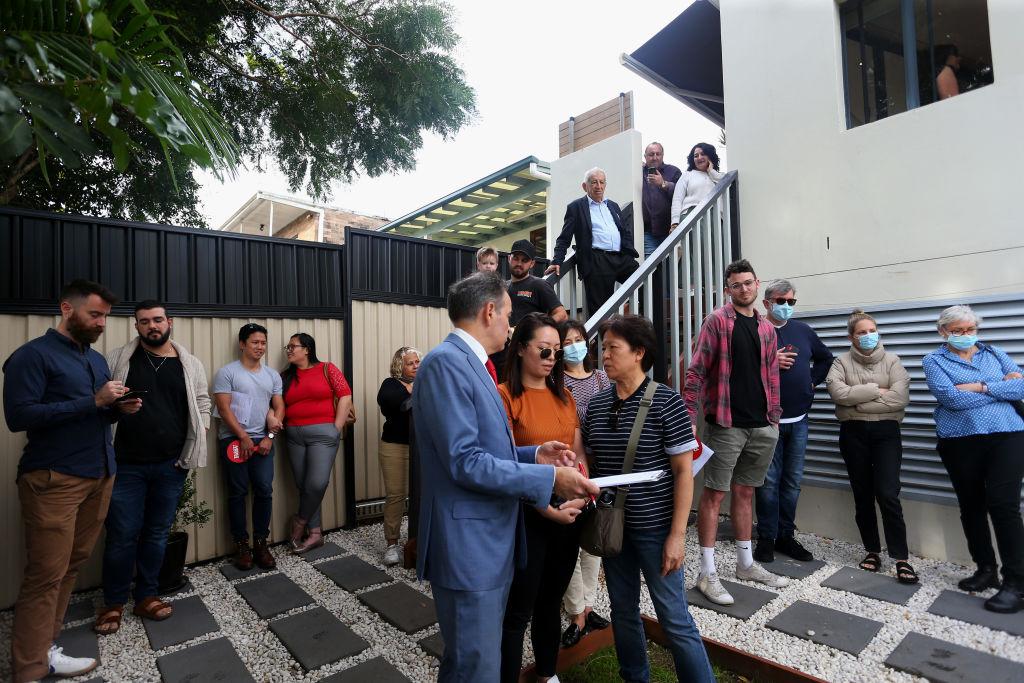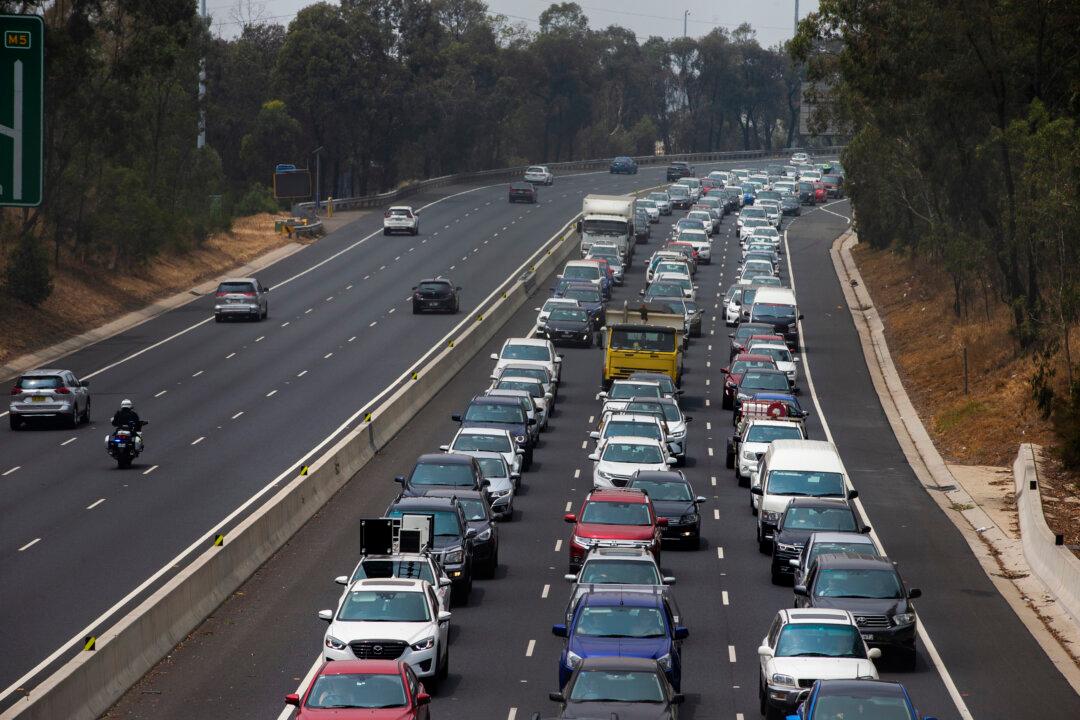Property analysts have uncovered property stamp duty in Australia is at record highs when compared with a generation ago, providing another hurdle to those looking to get on the property ladder in a rebounding economy still in the throes of the cost-of-living crisis.
A poll conducted by the Philanthropic McKinnon Foundation found the cost of housing impacted the life plans of over a third of respondents.





